It is thought that the Indian philosopher Patanjali wrote several Sanskrit books, the most famous of these being the Yoga Sutras, a classic yoga treatise that dates back to 200 BCE.
There were references to yoga in Hindu scriptures for a long time, but the general population thought they were too complicated and diverse. So, Patanjali composed the Yoga Sutras to make the existing teachings more accessible.
Patanjali is widely regarded as “the father of yoga” due to the Yoga Sutras, which are the most widely used texts on the subject.
In addition to the Yoga Sutras, the author Patanjali is said to have provided commentary on two more significant works.
- The Mahabhashya, a commentary on Panini’s authoritative Sanskrit grammar treatise, dates back to around the second century BCE and is one of these texts.
- The second is the Carakavarttika, a commentary on the great Ayurvedic text, the Charaka Samhita, which dates back to the eighth or tenth century.
Even though most modern scholars believe that this timeline makes it impossible for this to have been the case, many people still hold to the more widespread belief that Patanjali was the author of all three works.
Some may find it hard to imagine that one individual could have authored books that date back hundreds or even thousands of years; nevertheless, many Hindus hold Patanjali in the highest esteem, and the idea that he was divine is appealing.
Patanjali in Puranas
In several Puranas, the name ‘Patanjali’ is mentioned as one of the 26 mythological heavenly serpents, according to David Gordon White’s “The Yoga Sutra of Patanjali: A Biography.” According to legend, the sage Veda Vyasa wrote the 18-volume ancient Hindu scriptures known as the Puranas.
“The image of Patanjali’s Yoga teaching should have the form of Ananta,” states the Vishnudharmottara Purana, a companion text to the Vishnu Purana. Hindu mythology claims that the divine Lord of Serpents, Ananta, is holding the planets in the universe on his thousand cobra hoods.
The sixth-century Vishnudharmottara Purana seems to equate “yoga” and “Ananta” Patanjali, suggesting that they are interchangeable.
King Bhoja—a patron of the arts, literature, and science—wrote in the preface to his work from the 11th century: “I humbly offer my gratitude to Patanjali, the greatest of sages, who cleansed our minds through yoga, our speech via grammar, and our bodies through medicine. Patanjali, to whom I bow down; he has a humanoid upper body, a wheel and a conch in his hands, is white, and has a thousand heads.”
It is clear from King Bhoja’s acclaim that Patanjali is more than just a “yoga” or “Ananta” teacher; he is also a “grammar” or “ayurveda” teacher. Although there have been numerous depictions of the fourfold Patanjali throughout history, Bhoja’s petition has grown in fame and recitation throughout the decades.
Among the three texts, the Yoga Sutras have had the most impact on contemporary society.
Also read: Exploring the Intricacies of Panchakarma in the Heart of Goa
Patanjali Yoga Sutras
A Sanskrit word, “yoga,” signifies union or yoke. In most cases, a yoke—a wooden beam that two animals use to draw a cart—serves a dual purpose: first, it connects the animals to the cart; second, it allows the handlers to direct the animals’ motions with ropes that are tied to the yoke.
In the same way as a yoke unites and controls, yogic practice unites and controls the body, breath, senses, and mind to allow for more effective meditation leading to freedom.
In order to regulate one’s baser tendencies and develop good character, Patanjali proposes a two-part process: yama (restraint from unethical activities) and niyama (observance of beneficial actions).
Physical postures (asana), breathing exercises (pranayama), and sensory withdrawal (pratyahara) allow one to gain mastery over one’s body, breath, and senses.
Dhyana (meditation) and dharana (concentration) are the last stages of yogic practice that bring about samadhi (union with the Divine).
Using one’s rational faculties, one can achieve emancipation, according to the Bhagavad Gita, arguably the most famous Hindu sacred literature. Another thing it says is that if you can master your mind, it will be your best friend, but if you can’t, it will be your worst enemy.
Also read: Learn about Iyengar yoga?
Conclusion
Yoga is more correctly described as a technique of mind control in pursuit of liberation, even though the method given in the Yoga Sutras does serve to inculcate physical health and relaxation. Yoga has and still does help a lot of people, even though we might never know all there is to know about Patajali’s life according to the criteria of modern academic historians. The work of Patanjali has had and will continue to have a profound impact on millions of people’s lives.
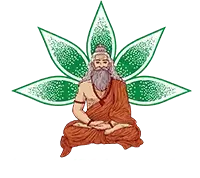
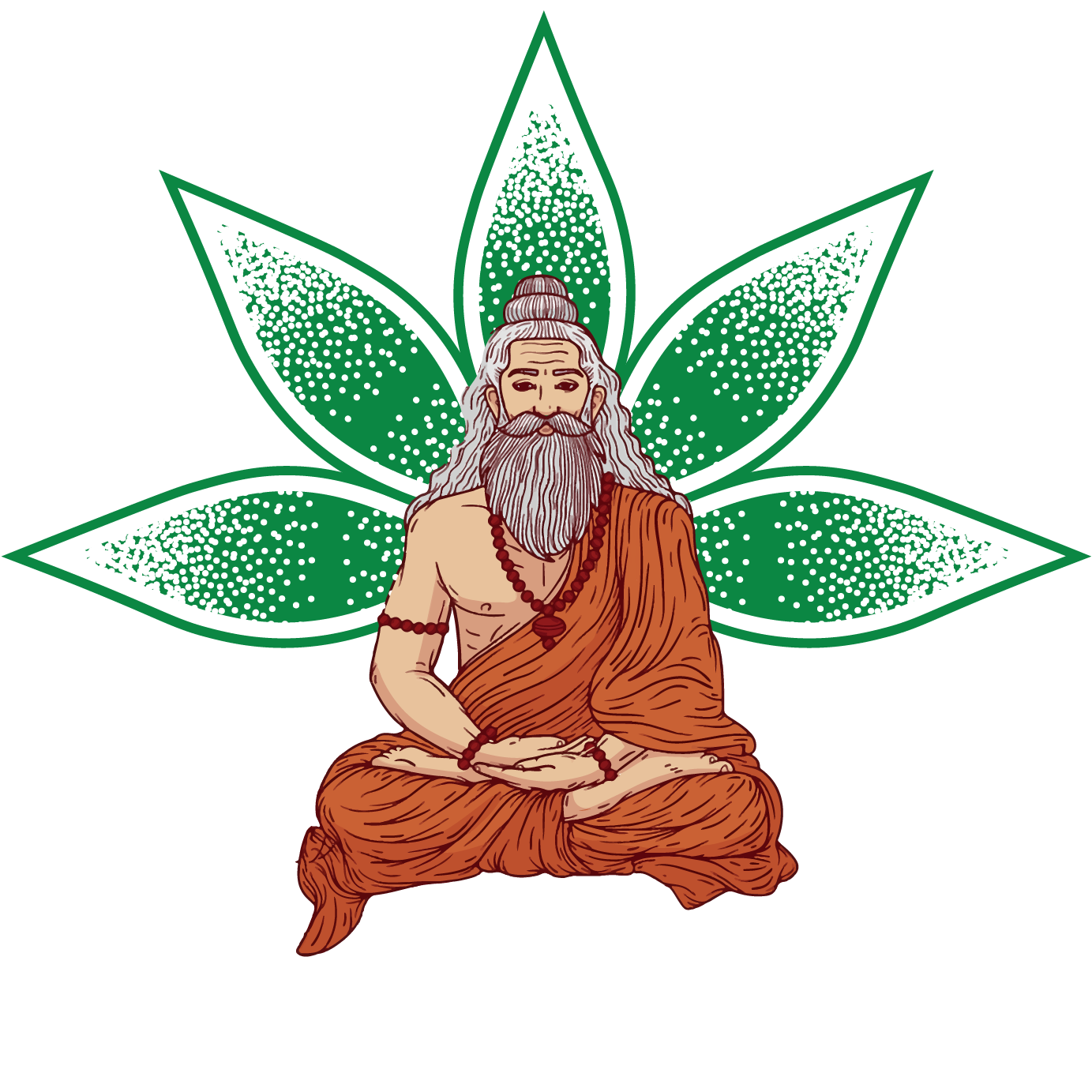
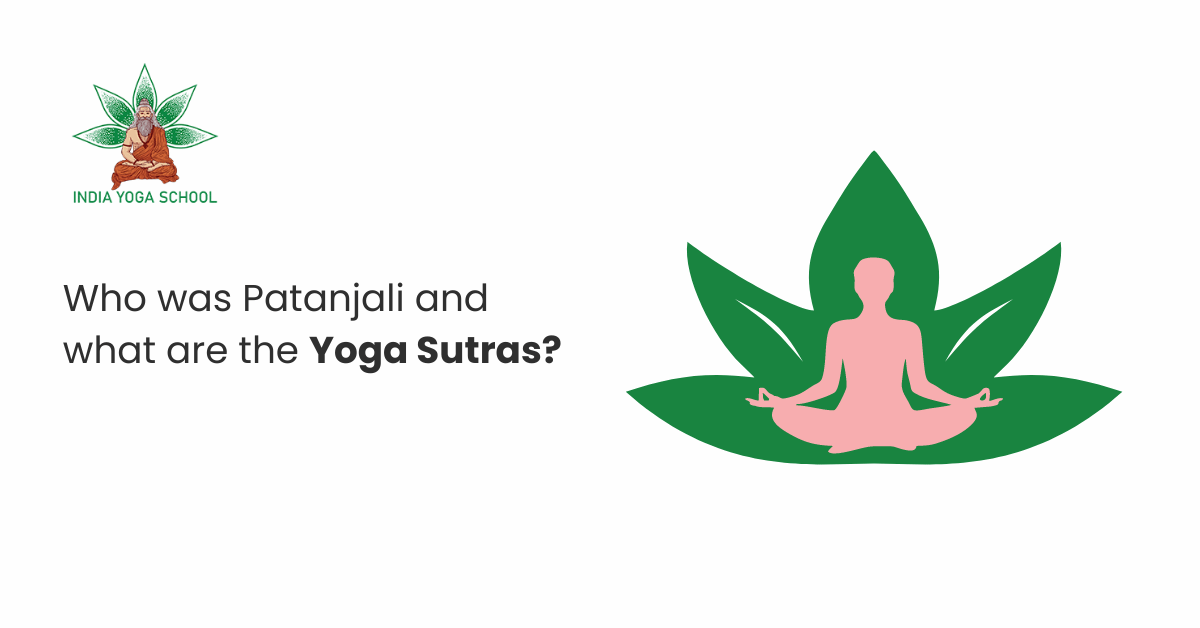

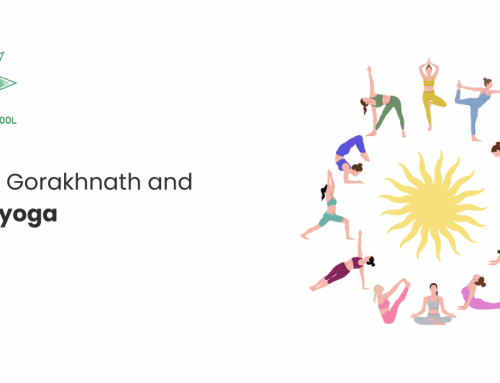

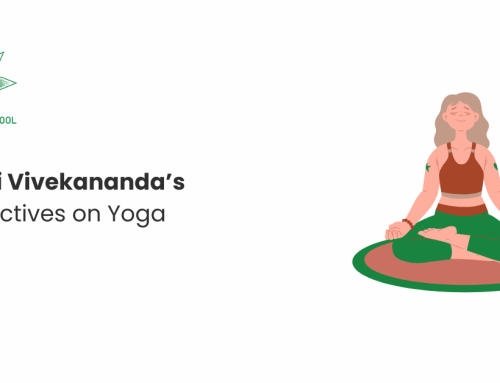
Leave A Comment